
Top 10 Butterfly Garden Plants to Attract More Butterflies
Published: 29/04/2025 | Updated: 29/04/2025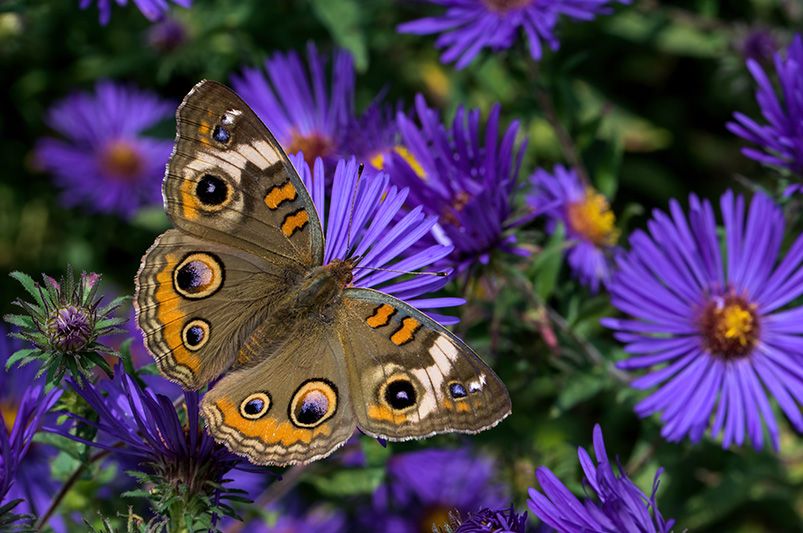
Key Highlights
-
Butterfly gardens create a vibrant space filled with colorful species of butterflies.


-
Full sun is vital for butterflies as it helps them warm up for flight.
-
Nectar-rich plants like Milkweed, Phlox, and Butterfly Bush attract pollinators.
-
Caterpillar host plants such as Joe Pye Weed support butterfly lifecycles.
-
Shallow water sources and shelter from strong winds are essential.
-
Different blooming periods ensure a constant nectar supply throughout the seasons.
Introduction
Creating a butterfly garden is a nice way to bring beautiful pollinators into your backyard. Choose plants that provide nectar and can be host plants for caterpillars. This will help you attract many different butterflies. These gardens add life and color, and they support a healthy environment for their growth. With well-chosen blooms, your butterfly garden will draw in lively winged creatures. It will be a fun and green addition to your outdoor space.
Essential Elements of a Butterfly Garden
A good butterfly garden has important parts for both adult butterflies and their larvae. Full sun is very important because butterflies need sunlight to warm their bodies to fly well. Nectar-rich plants like Milkweed, Phlox, and Goldenrod are very attractive to pollinators and give them the energy they need. It is important to have flowers that bloom in different seasons. This way, butterflies have a steady food source throughout the year.
Water is also needed, so shallow puddles or wet soil can help them stay hydrated. Adding flat stones or open patches of grass allows butterflies to bask in the sun. Also, caterpillar host plants like Joe Pye Weed provide food for them to grow. Finally, spreading plants around instead of placing them in one big area can bring in more butterflies because it looks more like their natural homes.
Importance of Sunlight in Butterfly Gardening
Sunlight is very important for butterfly gardening. It makes the garden look good and helps nature. Butterflies need full sun to get energy. This warmth allows them to fly better. Placing plants in sunny spots brings vibrant blooms that attract pollinators.
Both adult butterflies and their larvae thrive in sunny gardens. Many nectar-rich plants, like Lavender and Daylilies, bloom well in these bright areas. This creates a constant food source for butterflies. Lack of sunlight can hurt butterflies' activity and lower the number of visitors.
To meet their need for warmth, add flat stones or patches of soil that get sun. Butterflies can gather there and soak up heat. When planning your garden, make sure it is sheltered from strong winds. These winds can disrupt butterflies' flying and feeding patterns.
Choosing the Right Water Sources
Butterflies need moisture to flourish in your butterfly garden. It is essential to provide good water sources. Shallow puddles, wet soil, and even shallow dishes of water can attract various pollinators. These sources mimic their natural environments.
Make sure the water sources are flat and shallow. This way, butterflies can reach them without drowning. You can add small stones or gravel for safe landing spots as they drink. Keep these areas free of heavy standing water to prevent pests like mosquitoes.
Place the water station near your nectar plants. A clean and well-kept water spot will be a favorite place for butterflies. Whether you have a garden bed or a large field, ensuring there is enough moisture helps create a healthy butterfly ecosystem.
Top Plants to Include in Your Butterfly Garden
Choosing the right plants is important for attracting butterflies and helping them grow. Think about adding plants that provide nectar, like Butterfly Bush, Asters, and Goldenrod. These flowers attract many butterfly species. It's also good to have host plants like Milkweed and Joe Pye Weed. These plants allow caterpillars to get the food they need to become butterflies.
Having a variety of bloom times means there will always be food available. Plus, these colorful plants make your garden look great. They are not just pretty but also help create a lively space for butterflies, hummingbirds, and other pollinators.
Asters
Asters are a great option for butterfly gardens. They bloom in late season and give important nectar during fall. These plants attract many pollinators, creating a lively spot. Their star-shaped flowers come in colors like purple, pink, and white, making your garden bright.
The dense blooms of Asters provide butterflies a good place to land. This is perfect for feeding. They grow well in sunny spots and go well with other plants that also have nectar. Watering them regularly keeps them healthy and ensures they produce nectar all season.
Gardeners love Asters for their flexibility. They not only attract butterflies but are also deer-resistant and easy to care for. When you combine them with other plants that bloom late, like Goldenrod, your garden will remain a lovely place for butterflies even as it gets cooler.
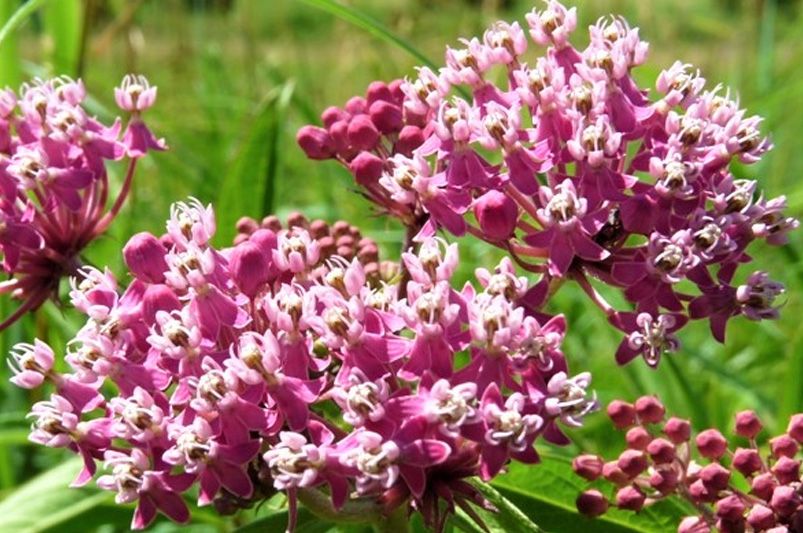
Milkweed
Milkweed is a key plant for butterflies, especially monarch butterflies. Its leaves are a food source for caterpillars. The sweet blooms also attract adult butterflies. Other butterfly species enjoy its nourishing leaves as well.
|
Milkweed Variety |
Benefits |
|---|---|
|
Orange Milkweed |
Bright, vibrant blooms and nectar |
|
Swamp Milkweed |
Grows well in wet soils and helps larvae |
|
Common Milkweed |
Very important for monarch caterpillars |
You should plant Milkweed in sunny areas with good soil drainage to help caterpillars and butterflies thrive. Its strong nature and importance to the environment make it a must-have for any butterfly garden.
It works well with flowers that attract pollinators. This combination creates a healthy ecosystem that helps different butterfly species throughout the growing season.
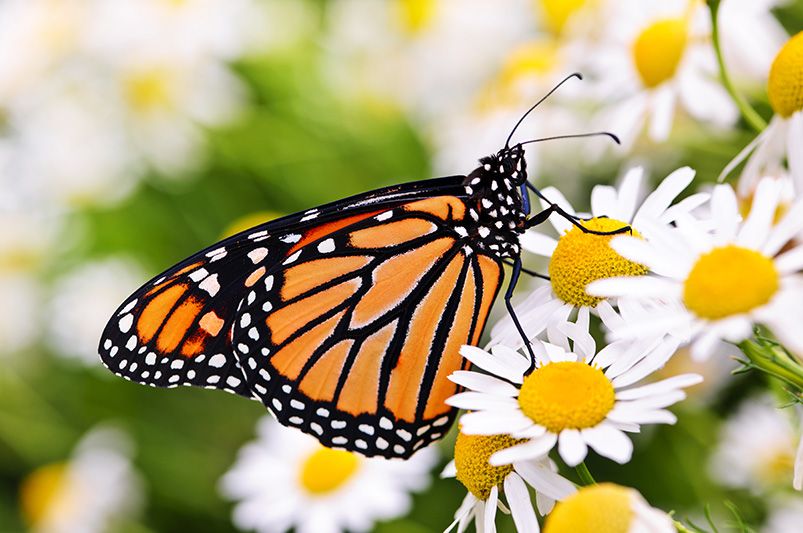
Shasta Daisy
Shasta Daisies are essential for any butterfly garden. They have beautiful white blooms and provide a lot of nectar. This attracts many butterfly species, making your garden lively. The shape of the flowers gives butterflies a place to land and feed easily.
Shasta Daisies grow best in full sun. They bloom from early summer to fall, giving butterflies a steady food source when they are most active. They can handle dry conditions well, but watering them during dry times can help them grow even better.
These plants are easy to care for and are very strong. They look great and make a home for important pollinators like bees and butterflies. They work very well when planted with bright flowers like Lavender or Phlox.
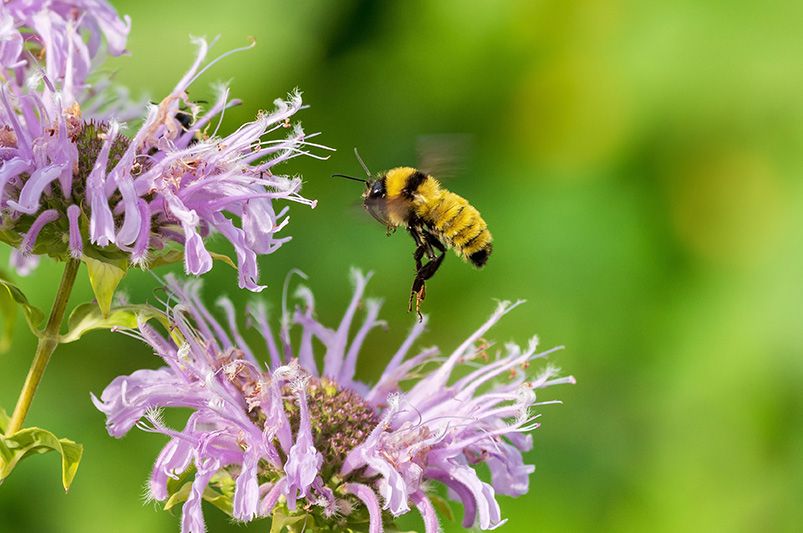
Bee Balm
Bee Balm, also known as Monarda, is a great plant for butterfly gardens. It has bright blooms that are full of nectar. These flowers attract butterflies, hummingbirds, and other pollinators.
-
It makes nectar-rich blooms in beautiful red, pink, and purple colors.
-
It attracts hummingbirds, which adds variety to your garden.
-
It grows best in sunny spots with moist soil.
-
It naturally keeps deer and pests away, so it is easy to take care of.
-
It looks amazing when planted with other perennials.
Besides being a food source, Bee Balm adds height and texture to your garden. It needs little care and grows well in many conditions, bringing color and life to your butterfly garden.
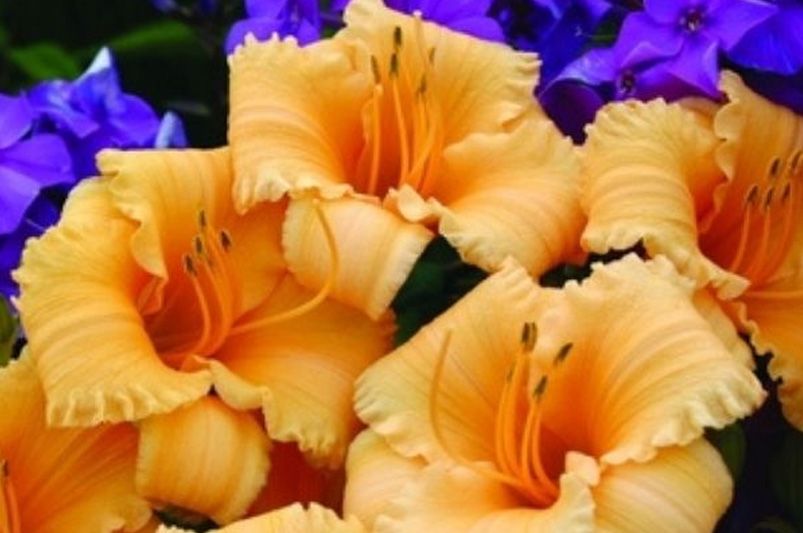
Daylily
Daylilies are a bright option for butterfly gardens. They have colorful blooms and grow well in full sun. These perennials attract pollinators since they produce new flowers every day. This helps provide a fresh supply of nectar.
With a long blooming season, Daylilies give butterflies and other helpful insects a steady food source. They need little care and can grow in various soil types. This makes them a good choice for both new and experienced gardeners.
Their striking colors attract butterflies and add beauty to your garden. If you plant Daylilies alongside pollinator-friendly plants like Asters or Shasta Daisies, your garden will be a lovely place for butterflies all summer long.
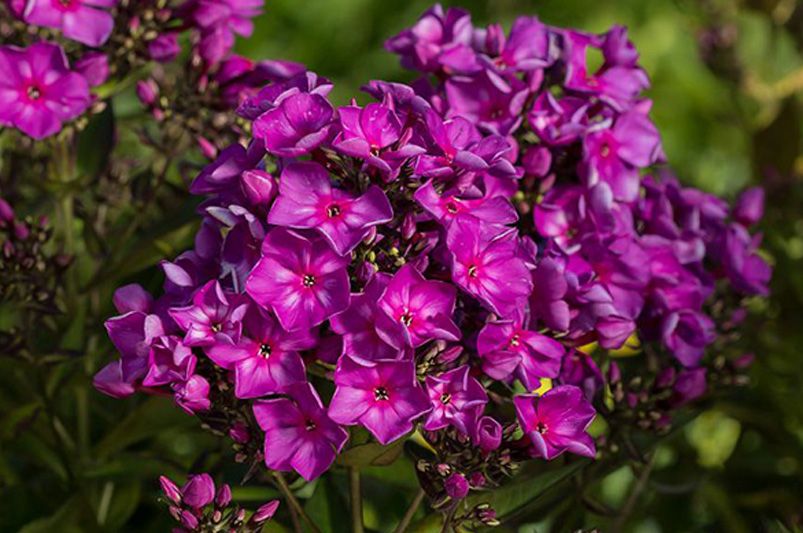
Phlox
Phlox is a great choice for people who love butterflies. Its flowers are full of nectar, attracting many butterfly species. They come in bright colors like pink, purple, and white, which make your garden beautiful and useful.
The lovely smell of Phlox is a nice touch, making it pleasant for visitors. It draws in butterflies and sometimes caterpillars, helping the pollinator cycle thrive. Phlox grows best in sunny spots and soil that drains well.
Phlox is perfect for small areas or along borders. It works nicely with other garden favorites like Milkweed and Goldenrod. If you water them regularly, these blooms stay healthy and provide food for butterflies all season long.
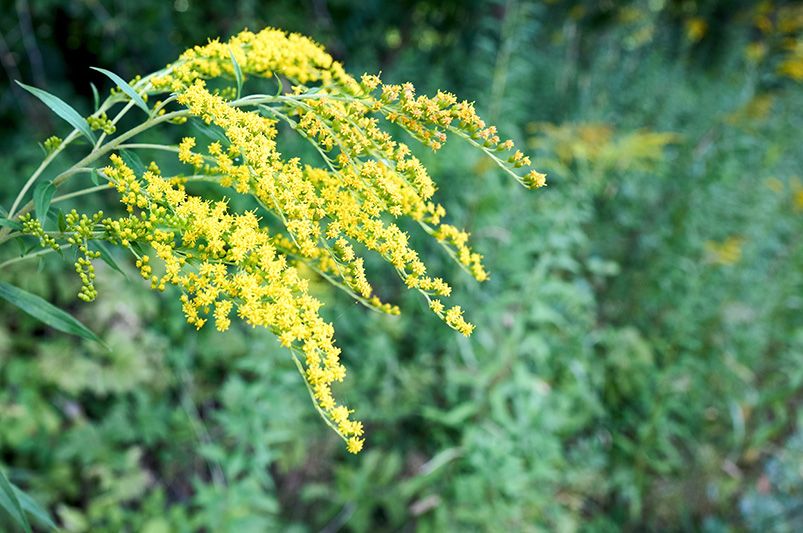
Goldenrod
Goldenrod is great for any butterfly garden. It provides nectar late in the season. The bright golden blooms attract butterflies, moths, and other pollinators.
This plant grows well in sunny spots and can adapt to different types of soil. Its tall structure brings height to your butterfly-friendly area. Goldenrod also helps migrating butterflies by giving them nourishment before they set off.
If you plant it with Asters or Joe Pye Weed, you’ll create a space that is friendly for pollinators and helps nature thrive. Even with common ideas about allergies, this plant is important because it does not release pollen into the air.
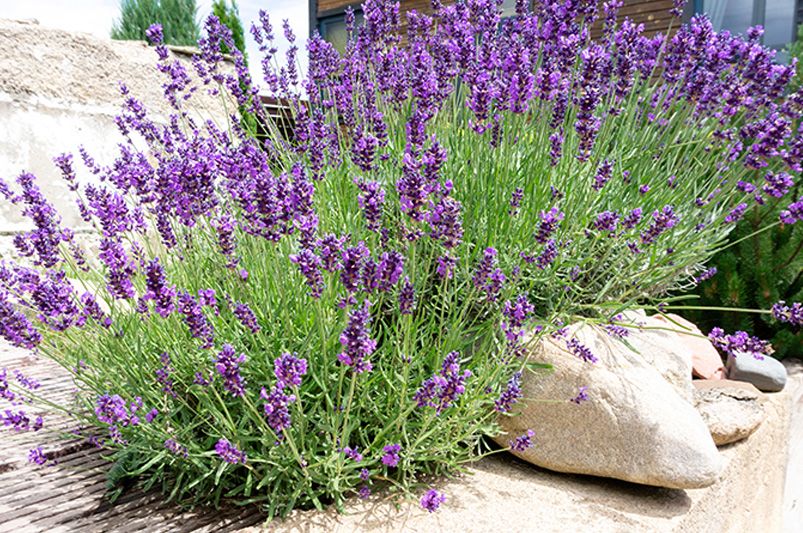
Lavender
Lavender attracts butterflies, honeybees, and other pollinators. This fragrant herb grows best in full sun and produces purple blooms that are full of nectar. It keeps growing well all summer, giving a steady food source for these visitors.
Lavender can fit into many garden styles, from classic to modern. Its nice-smelling leaves add a calming touch, which gardeners and pollinators really enjoy. It needs very little water and likes well-draining soil to thrive.
Lavender works well with plants like Shasta Daisies or Verbena. This makes your garden look better and helps the environment too. Lavender brings together beauty and usefulness, making it a key plant in butterfly gardens.
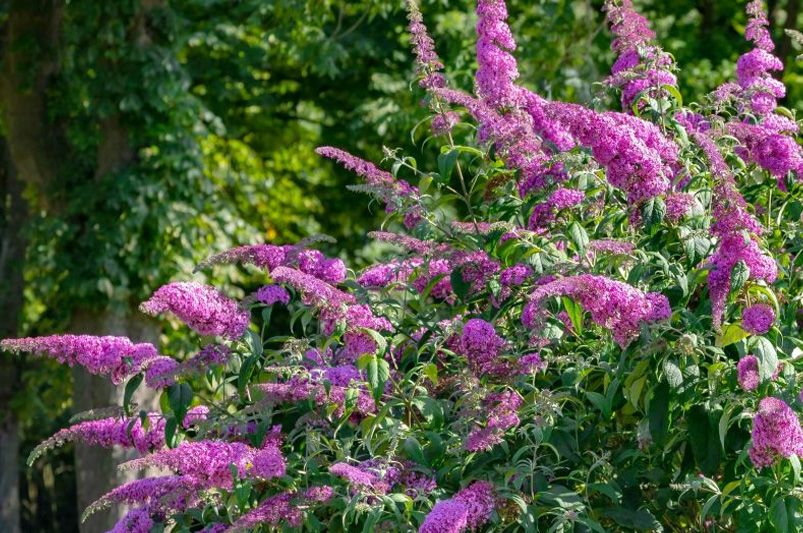
Butterfly Bush
The Butterfly Bush, also known as Buddleia, is famous for attracting many butterfly species. It has bright flowers in purple, pink, and white. These flowers are rich in nectar, making them perfect for pollinators.
This plant blooms from spring to fall, creating a strong attraction in any garden. It grows well in different soil types and needs full sun. Because of these features, it is a great choice for gardeners.
Though it's quite beautiful, pruning it each year is important. This keeps its bushy shape and helps it bloom more. When you plant Butterfly Bush with other flowers like Milkweed or Asters, it helps create a lively butterfly garden full of diversity.
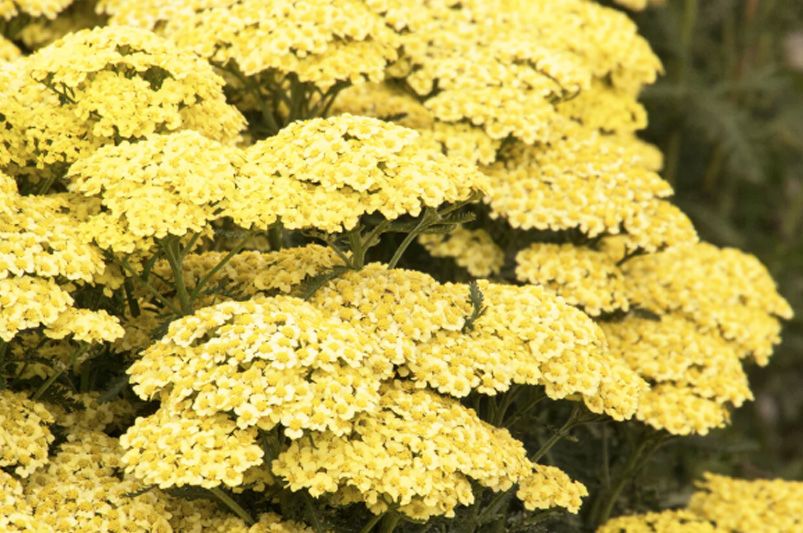
Yarrow
Yarrow is easy to care for and a great choice for a butterfly garden. It has small flowers full of nectar that attract many butterflies and pollinators, especially during its best blooming times.
It grows well in sunny, well-drained spots and is also drought-resistant. This means it can thrive in many different climates. Yarrow has a long blooming season and can plant itself, which helps keep a steady food source for your butterfly garden.
When you plant Yarrow with strong bloomers like Lavender or Shasta Daisies, it makes your garden look even better. This plant not only adds beauty to your space but also attracts a wide variety of butterflies, birds, and bees.
Conclusion
Creating a butterfly garden is more than just making your yard look nice. It’s also about creating a home that helps butterflies grow and thrive. You can attract many butterfly species by adding plants like asters, milkweed, and butterfly bushes. These plants give butterflies the food and shelter they need. Remember, butterflies love bright colors and sweet-smelling flowers. So, pick a variety that blooms in different seasons. While you grow your garden, you'll enjoy watching butterflies and help protect these important pollinators. We hope you share your butterfly garden adventures on social media to inspire other people to make their own colorful gardens. Happy gardening!
Frequently Asked Questions
Which butterfly species are most likely to visit my garden with these plants?
To attract butterfly species like monarchs, swallowtails, painted ladies, and red admirals, you need the right mix of host plants and nectar-filled blooms. A range of plants and pollinators will make your garden a colorful and active butterfly home.
Need assistance adding a butterfly garden to your landscape?
Bring your outdoor space to life with a stunning butterfly garden designed by ShrubHub! Our expert team can help you select the perfect plants to attract butterflies, create a vibrant, eco-friendly environment, and craft a beautiful, low-maintenance garden you'll love. Contact ShrubHub today to start building your own butterfly haven!


